Ebola, Smallpox and Bubonic Plague: Deadliest Diseases in Human History
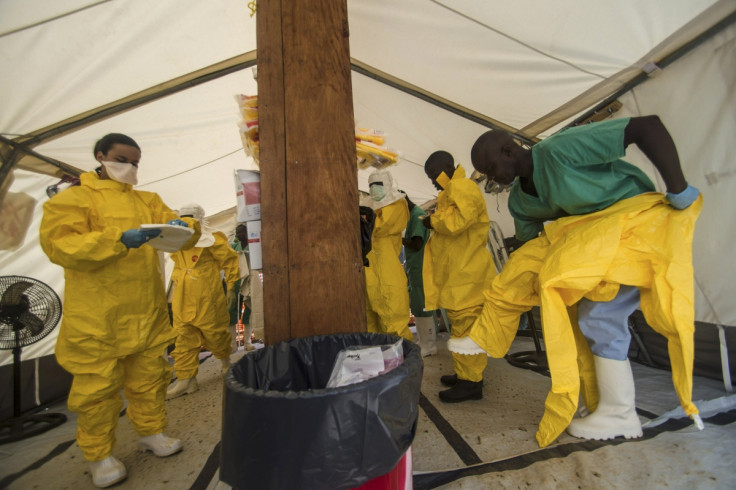
Authorities across West Africa have announced a series of measures aimed at halting the spread of the Ebola virus, as the pathogen reached a fourth country last week with a death in Lagos, the second-fastest growing city in Nigeria.
The hospital where a man died on Friday, the country's first recorded case of Ebola, was closed and quarantined.
Between 1976, when the disease was first identified, and 2014, fewer than 1,000 people a year have been infected. Yet this year, the largest outbreak to date is the ongoing in West Africa, affecting Guinea, Sierra Leone, Liberia and now, Nigeria.
IBTimes UK looks at other diseases and outbreaks which have claimed thousands of lives in human history.
Smallpox
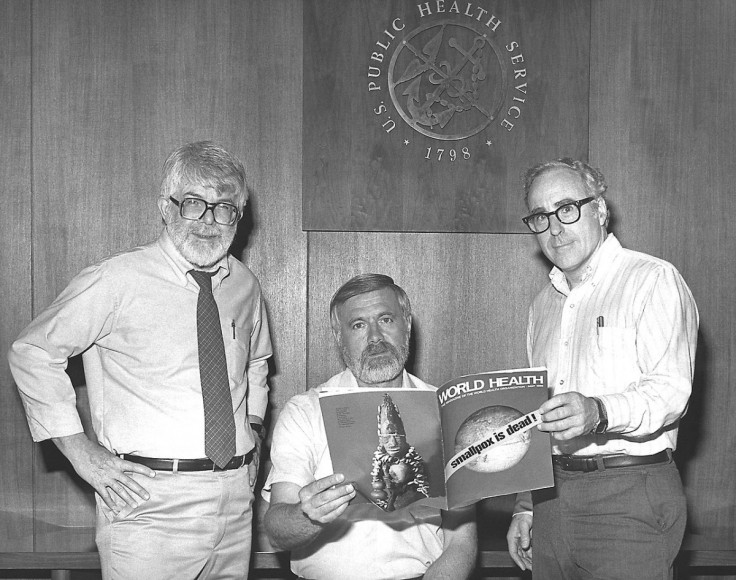
Also known as Variola vera, the contagious disease caused an estimated 300 to 500 million deaths in the 20<sup>th century. As recently as 1967, the World Health Organisation stated that around 15 million people contracted the disease and two million had died that year alone.
Smallpox is characterised by a blistered rash on the skin, as well as a fever.
After successful vaccination campaigns throughout the 19th and 20th centuries, the WHO certified the eradication of smallpox in 1979. To this day, smallpox is the only human infectious disease to have been completely eradicated.
Spanish Flu
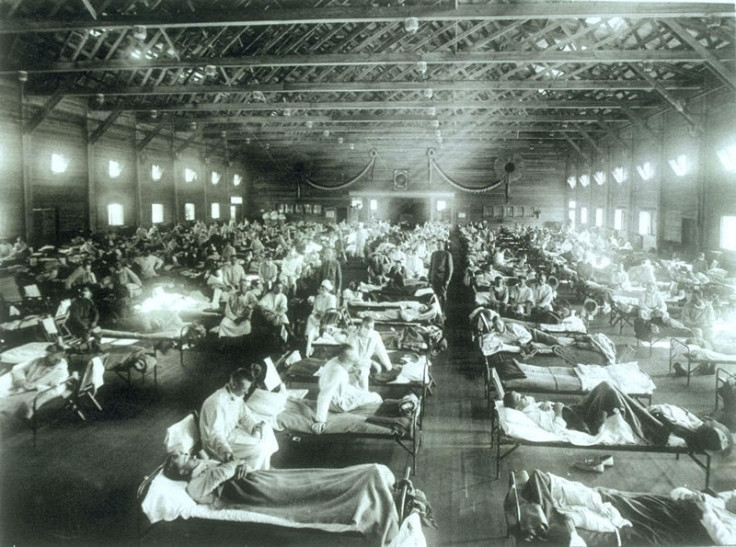
In the period from 1918 and 1919, between 50 million and 100 million people died of Spanish influenza. Although most influenza outbreaks kill juvenile, elderly or weakened patients, the 1918 epidemic predominantly killed healthy, young adults.
To maintain morale, wartime censors minimised early reports of illness and mortality in Germany, Britain, France, and the United States. However, papers were free to report the epidemic's effects in neutral Spain - creating a false impression of Spain as especially hard hit, causing the nickname Spanish flu.
Symptoms of Spanish flu included chills and fluid in the lungs, which caused patients to drown or develop further infections such as bacterial pneumonia.
Bubonic Plague
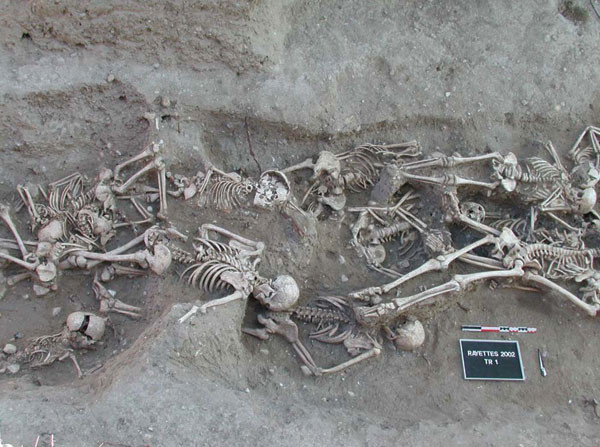
Plague is a zoonotic disease, meaning it can be transferred from animals to humans. It circulates in fleas on small rodents, and without treatment, kills around two thirds of infected humans within four days.
The term bubonic plague is derived from the Greek word meaning "groin". Swollen lymph nodes (buboes) especially occur in the armpit and groin of patients. It is commonly believed to be the cause of the Black Death that swept through Europe in the 14<sup>th century – killing an estimated 25 million people.
Malaria
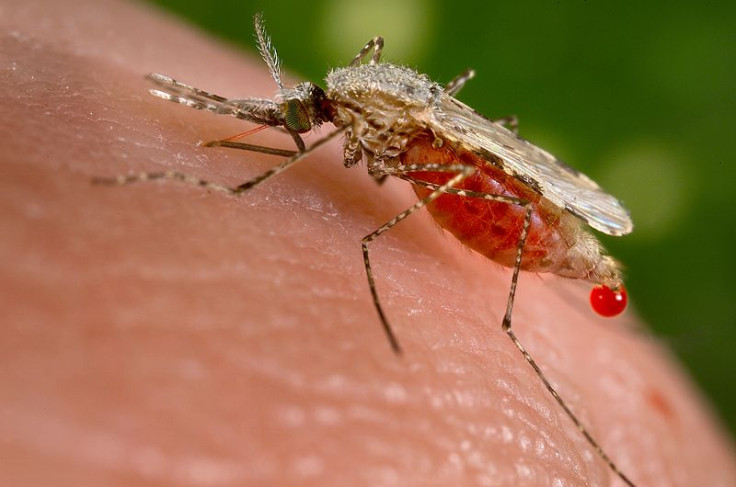
Malaria kills around two million people annually, which represents at least one death every 30 seconds. Children and pregnant women are the most vulnerable, but the majority of cases are undocumented as they occur in rural areas.
A tropical disease spread by the bite of a mosquito, symptoms include a high fever, sweats and chills, muscle pain, vomiting, diarrhoea and headaches.
The disease is widespread in tropical and subtropical regions in a broad band around the equator, including much of Sub-Saharan Africa, Asia, and the Americas. The World Health Organisation estimates that there were 219 million documented cases of malaria in 2010.
AIDS

Acquired Immunodeficiency Syndrome has led to the deaths of more than 25 million people since it was first recognised in 1981, making it one of the most destructive epidemics in recorded history.
A brief period of flu-like symptoms may occur during the initial infection of HIV (Human immunodeficiency virus infection), which is normally followed by a prolonged period without symptoms.
Spread mainly by unprotected sexual intercourse, contaminated blood transfusions, hypodermic needles and from mother to child, the illness gradually interferes with the immune system, making the person more likely to get infections and tumours which do not normally affect those with working immune systems.
© Copyright IBTimes 2025. All rights reserved.





















